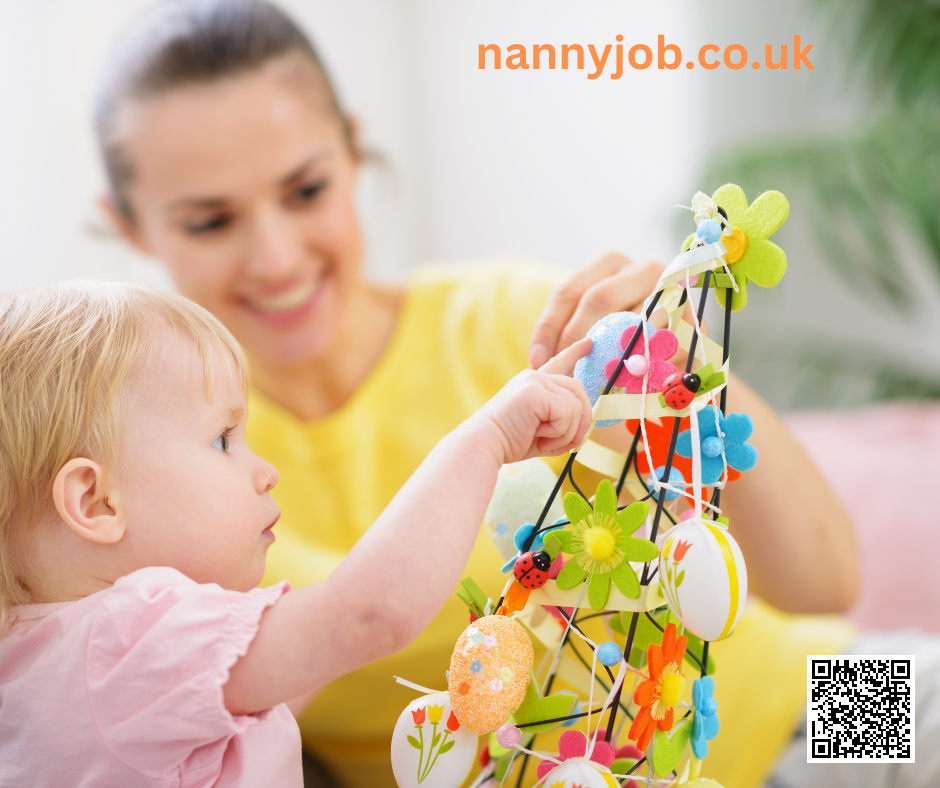The transition from preschool to school age marks a significant milestone in a child’s life. This period, which typically spans from ages 6 to 12, sees significant developmental changes across cognitive, physical, social, and emotional domains. Understanding these changes is crucial for nannies and child carers to provide the appropriate guidance, encouragement, and support during this transformative phase.
The transition from preschool to school age marks a significant milestone in a child’s life. This period, which typically spans from ages 6 to 12, sees significant developmental changes across cognitive, physical, social, and emotional domains. Understanding these changes is crucial for nannies and child carers to provide the appropriate guidance, encouragement, and support during this transformative phase.
Cognitive Development
School-age children’s cognitive skills develop at a rapid pace. They start thinking logically about concrete events and gradually move towards more abstract thinking. They can solve problems, categorize items based on more than one feature, and understand the concept of conservation (that quantity does not change with alteration in shape). Reading, writing, and math skills become more refined, and their curiosity about the world around them grows.
Physical Development
Physically, school-age children gain better control over their bodies. Their coordination improves, and they engage in complex physical activities like cycling, swimming, or playing a team sport. Fine motor skills also improve, enabling them to do intricate tasks such as writing neatly or creating detailed artwork.
Language Development
Their language skills see significant improvement. School-aged children understand complex sentences, can use a broad vocabulary, and can communicate effectively with adults and peers. They also start to grasp metaphors and jokes.
Social and Emotional Development
Socially and emotionally, school-aged children start to form more complex friendships, learn to cooperate, and understand the importance of rules and fairness. They also develop a stronger sense of self and begin to understand more complex emotions. Empathy becomes more refined, and they become more sensitive to others’ feelings and perspectives.
How Can Nannies Support School Age Children’s Development?
As a nanny, you play an important role in this stage of a child’s development. For cognitive development, engage them in stimulating conversations, ask thought-provoking questions, and involve them in decision-making processes. Provide educational games and activities that enhance their problem-solving skills.
To support physical development, encourage participation in physical activities and sports. This not only helps them develop physical skills but also fosters teamwork and cooperation.
Reading to them and with them is an excellent way to support language development. Help them broaden their vocabulary by introducing new words and explaining their meanings.
For social and emotional development, provide opportunities for them to interact with peers. Support their friendships and help them navigate social challenges. Encourage them to express their feelings and validate their emotions.
The school-age years are a period of constant learning and exploration. As a nanny, you have a unique opportunity to influence and shape a child’s development during this stage. Remember, your understanding, patience, and guidance are invaluable tools that contribute to their growth and success during these formative years.










